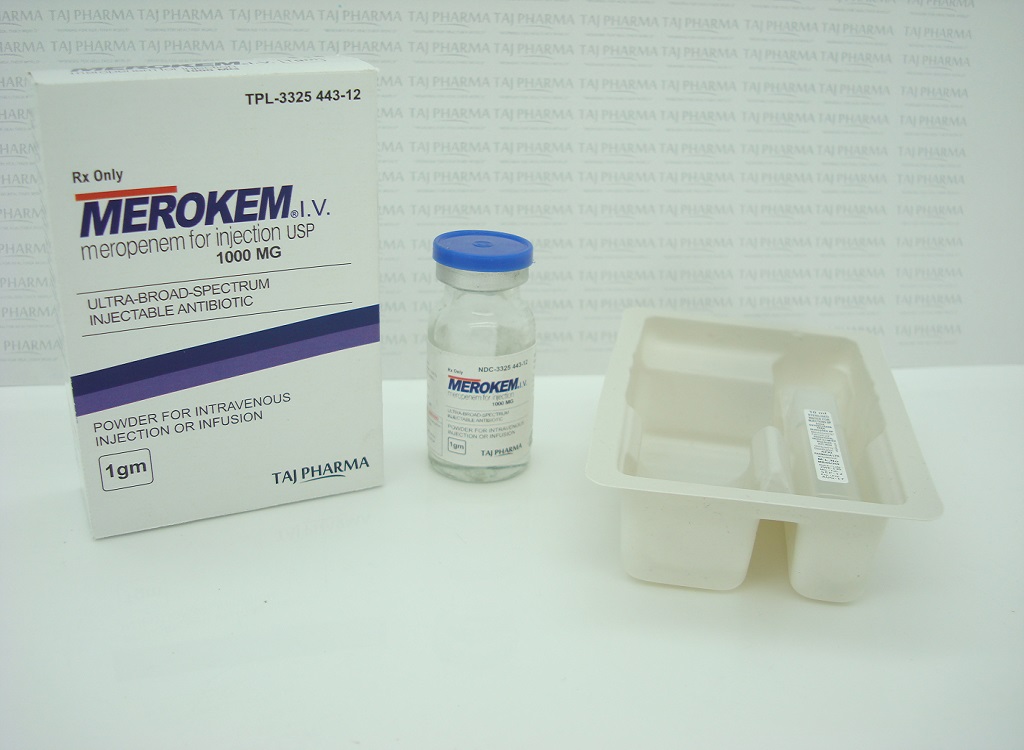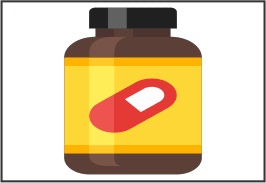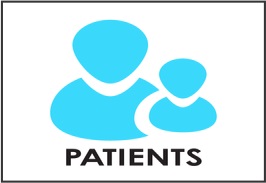What are Bacteria?
Bacteria are single-celled microorganisms known as prokaryotes.
Bacteria are microscopic, single-cell organisms that live almost everywhere. Bacteria live in every climate and location on earth. Some are airborne while others live in water or soil. Bacteria live on and inside plants, animals, and people. The word "bacteria" has a negative connotation, but bacteria actually perform many vital functions for organisms and in the environment. For example, plants need bacteria in the soil in order to grow.
The vast majority of bacteria are harmless to people and some strains are even beneficial. In the human gastrointestinal tract, good bacteria aid in digestion and produce vitamins. They also help with immunity, making the body less hospitable to bad bacteria and other harmful pathogens. When considering all the strains of bacteria that exist, relatively few are capable of making people sick.
What Is a Bacterial Infection?
A bacterial infection is a proliferation of a harmful strain of bacteria on or inside the body. Bacteria can infect any area of the body. Pneumonia, meningitis, and food poisoning are just a few illnesses that may be caused by harmful bacteria. Bacteria come in three basic shapes: rod-shaped (bacilli), spherical (cocci), or helical (spirilla). Bacteria may also be classified as gram-positive or gram-negative. Gram-positive bacteria have a thick cell wall while gram-negative bacteria do not. Gram staining, bacterial culture with antibiotic sensitivity determination, and other tests are used to identify bacterial strains and help determine the appropriate course of treatment.
How bacteria and viruses enter the body
To cause disease, pathogenic bacteria must gain access into the body. The range of access routes for bacteria includes:
Cuts
Contaminated food or water
Close contact with an infected person
Contact with the faeces of an infected person
Breathing in the exhaled droplets when an infected person coughs or sneezes
Indirectly, by touching contaminated surfaces – such as taps, toilet handles, toys and nappies.
Bacteria types
Bacteria that cause disease are broadly classified according to their shape. The four main groups include:
Bacilli
– shaped like a rod with a length of around 0.03mm. Illnesses such as typhoid and cystitis are caused by bacilli strains.
Cocci
– shaped like a sphere with a diameter of around 0.001mm. Depending on the sort, cocci bacteria group themselves in a range of ways, such as in pairs, long lines or tight clusters. Examples include Staphylococci (which cause a host of infections including boils) and Gonococci (which cause the sexually transmissible infection gonorrhoea).
Spirochaetes
– as the name suggests, these bacteria are shaped like tiny spirals. Spirochaetes bacteria are responsible for a range of diseases, including the sexually transmissible infection syphilis.
Vibrio
– shaped like a comma. The tropical disease cholera, characterised by severe diarrhoea and dehydration, is caused by the vibrio bacteria.
Characteristics of the bacterium
Most bacteria, apart from the cocci variety, move around with the aid of small lashing tails (flagella) or by whipping their bodies from side to side. Under the right conditions, a bacterium reproduces by dividing in two. Each ‘daughter’ cell then divides in two and so on, so that a single bacterium can bloom into a population of some 500,000 or more within just eight hours.
If the environmental conditions don’t suit the bacteria, some varieties morph into a dormant state. They develop a tough outer coating and await the appropriate change of conditions. These hibernating bacteria are called spores. Spores are harder to kill than active bacteria because of their outer coating.
Curing a bacterial infection
The body reacts to disease-causing bacteria by increasing local blood flow (inflammation) and sending in cells from the immune system to attack and destroy the bacteria. Antibodies produced by the immune system attach to the bacteria and help in their destruction. They may also inactivate toxins produced by particular pathogens, for example tetanus and diphtheria.
Serious infections can be treated with antibiotics, which work by disrupting the bacterium’s metabolic processes, although antibiotic-resistant strains are starting to emerge. Immunisation is available to prevent many important bacterial diseases such as Hemophilus influenza Type b (Hib), tetanus and whooping cough.
However, some bacterial diseases are deadly.
These include:
cholera
diphtheria
dysentery
bubonic plague
pneumonia
tuberculosis
typhoid
typhus
Some examples of bacterial infections are:
bacterial meningitis
otitis media
pneumonia
tuberculosis
upper respiratory tract infection
gastritis
food poisoning
eye infections
sinusitis
urinary tract infections
skin infections
sexually transmitted diseases
Bacterial infections can be treated with antibiotics, but some strains become resistant and can survive the treatment.
Where to get help
Your doctor
Your pharmacist
Things to remember
Many human illnesses are caused by infection with either bacteria or viruses.
Most bacterial diseases can be treated with antibiotics, although antibiotic-resistant strains are starting to emerge.
Viruses pose a challenge to the body’s immune system because they hide inside cells.
It is possible to be vaccinated against some of the major disease-causing viruses (such as measles and polio), as well as bacterial diseases such as Hemophilus influenza Type b (Hib), tetanus and whooping cough.
Click here for Download pdf of patient informationClick here for Download pdf of prescribing information
















